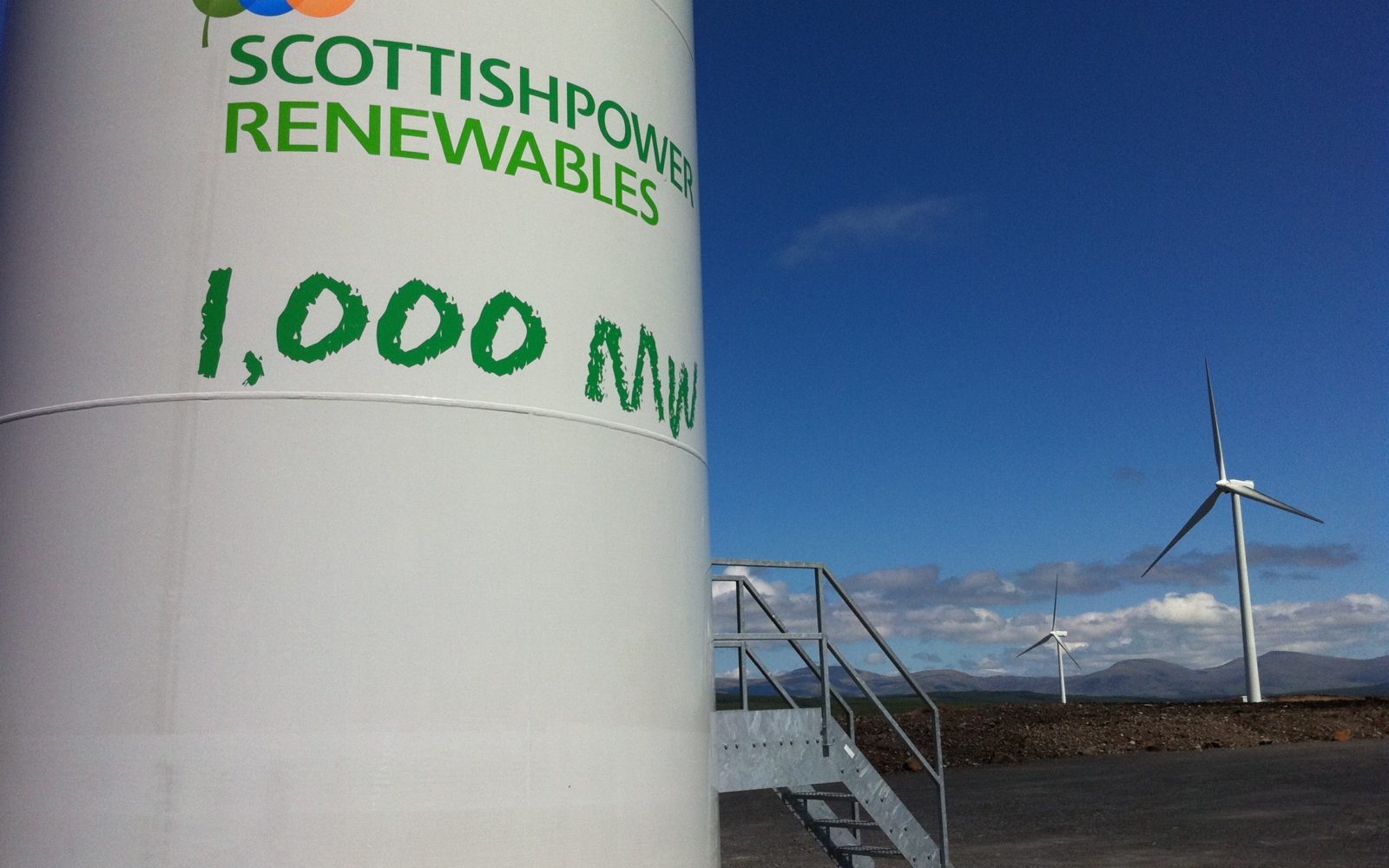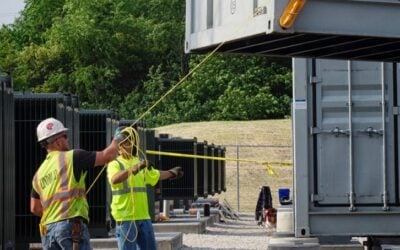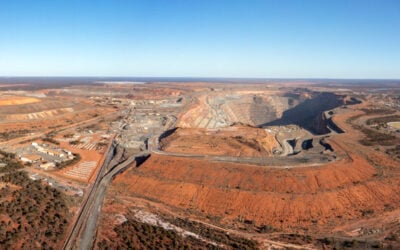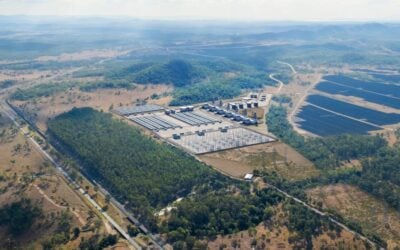
There are numerous benefits from collocating battery energy storage with wind power, including grid availability and planning ease.
Speaking at Solar Media’s Energy Storage Summit 2021, Tony Gannon, head of project management at ScottishPower Renewables explained how the company had chosen to take advantage of a number of these efficiencies for its 539MW Whitelee Wind Farm.
Whitelee is a 50MW/50MWh storage project, which is collocating liquid cooled lithium-ion batteries with the UK’s largest onshore windfarm near Glasgow, Scotland. Plans for the battery were approved by the Scottish government in June 2019, and inverter maker Ingeteam was announced as the power electronics technology provider in July 2020, while the batteries used are lithium iron phosphate (LFP) chemistry cells from Chinese manufacturer CATL.
The £21 million (US$29.35 million) project will take advantage of the grid connection already at the site, and help optimise output from the windfarm. Gannon pointed to the complex control systems needed to ensure both assets performed as efficiently as possible.
Try Premium for just $1
- Full premium access for the first month at only $1
- Converts to an annual rate after 30 days unless cancelled
- Cancel anytime during the trial period
Premium Benefits
- Expert industry analysis and interviews
- Digital access to PV Tech Power journal
- Exclusive event discounts
Or get the full Premium subscription right away
Or continue reading this article for free
“We want our assets to be as flexible as possible, to enter as many systems as possible,” he continued, pointing to the wide range of economic pathways the battery can play into, such as the Capacity Market and Balancing Mechanism.
This range of revenue streams means ScottishPower Renewables can benefit from incremental changes within a stack, rather than chasing a “golden goose” said Gannon.
Going forwards, as renewables penetration continues to grow, there will also be an increasing opportunity for sites with co-location to avoid curtailment. This has already begun to be a problem in the UK, with wind assets switched off during periods of low demand and strong winds.
Battery storage can help maximise a sites revenue and green energy capacity more broadly, by ensuring that power is stored instead of lost, and utilised when demand increases.
While still early days for this type of usage, it’s “something we have our eye on” said Gannon. Standalone batteries can help to manage overcapacity constraints as well, but collocated assets are often better placed, as by their nature they are close to the generation itself.
This can turn what can be seen as a limitation of co-located storage and wind – that it must be build where the generation is, as opposed to where there is the biggest benefit to the grid of storage – into an advantage.
While stand-alone battery assets undoubtedly offer benefits – and ScottishPower Renewables itself is developing a site in Ireland as part of DS3 – they are not a priority for ScottishPower Renewables currently Gannon said, as the company is a “generator at heart”.
ScottishPower unveiled a new hybrid power strategy for the UK and Ireland in 2019, with a major focus on combining solar and battery storage with wind on both existing and new sites.





